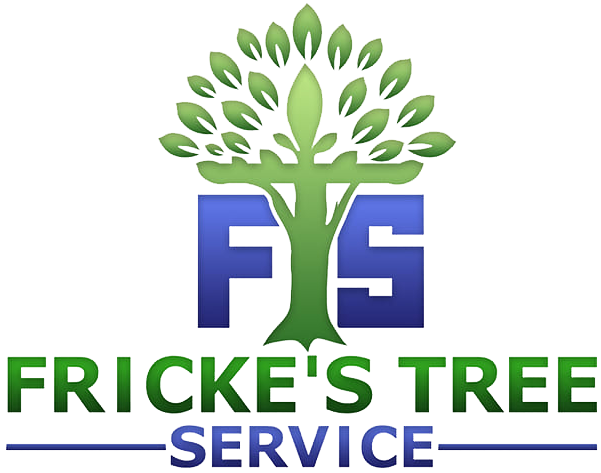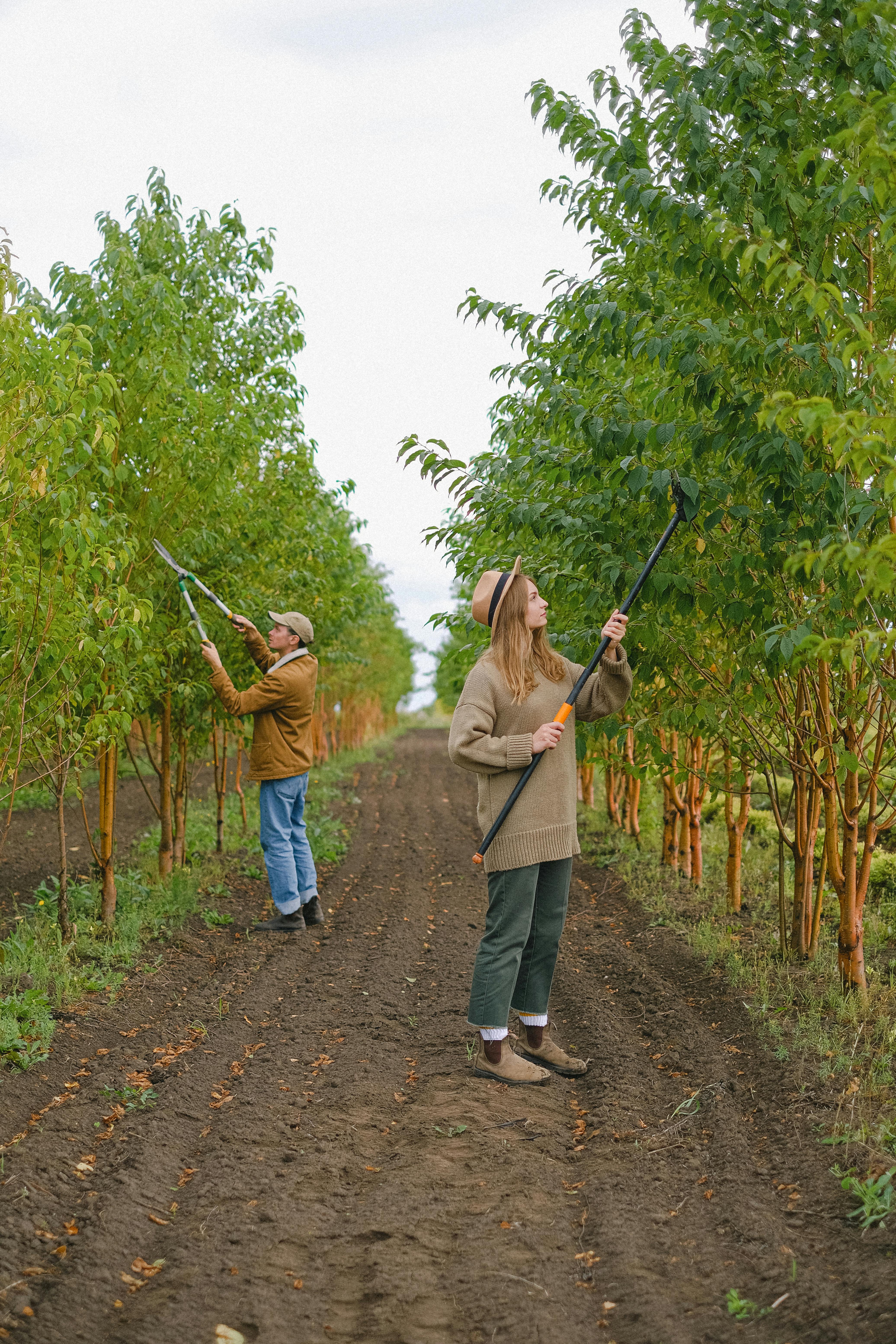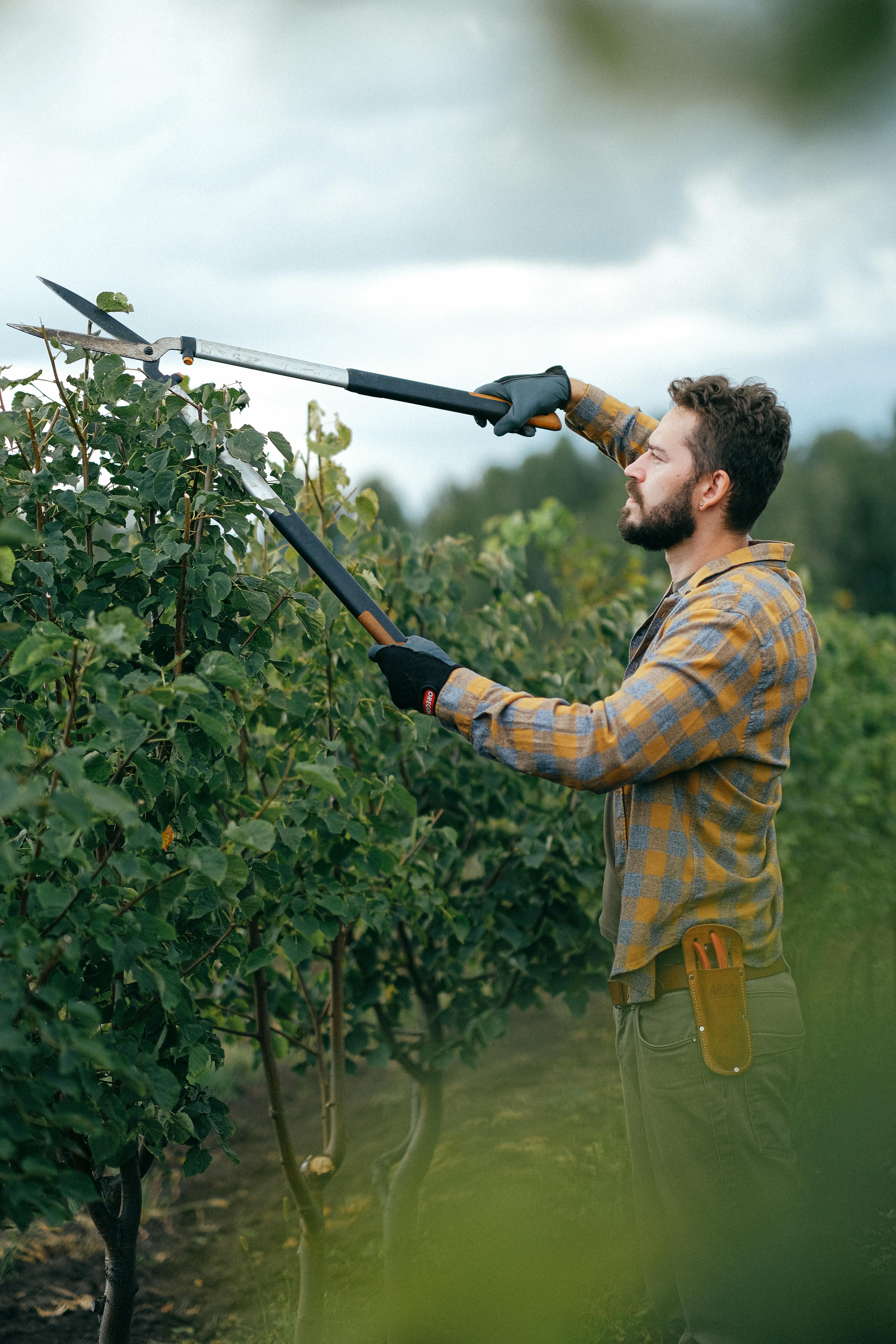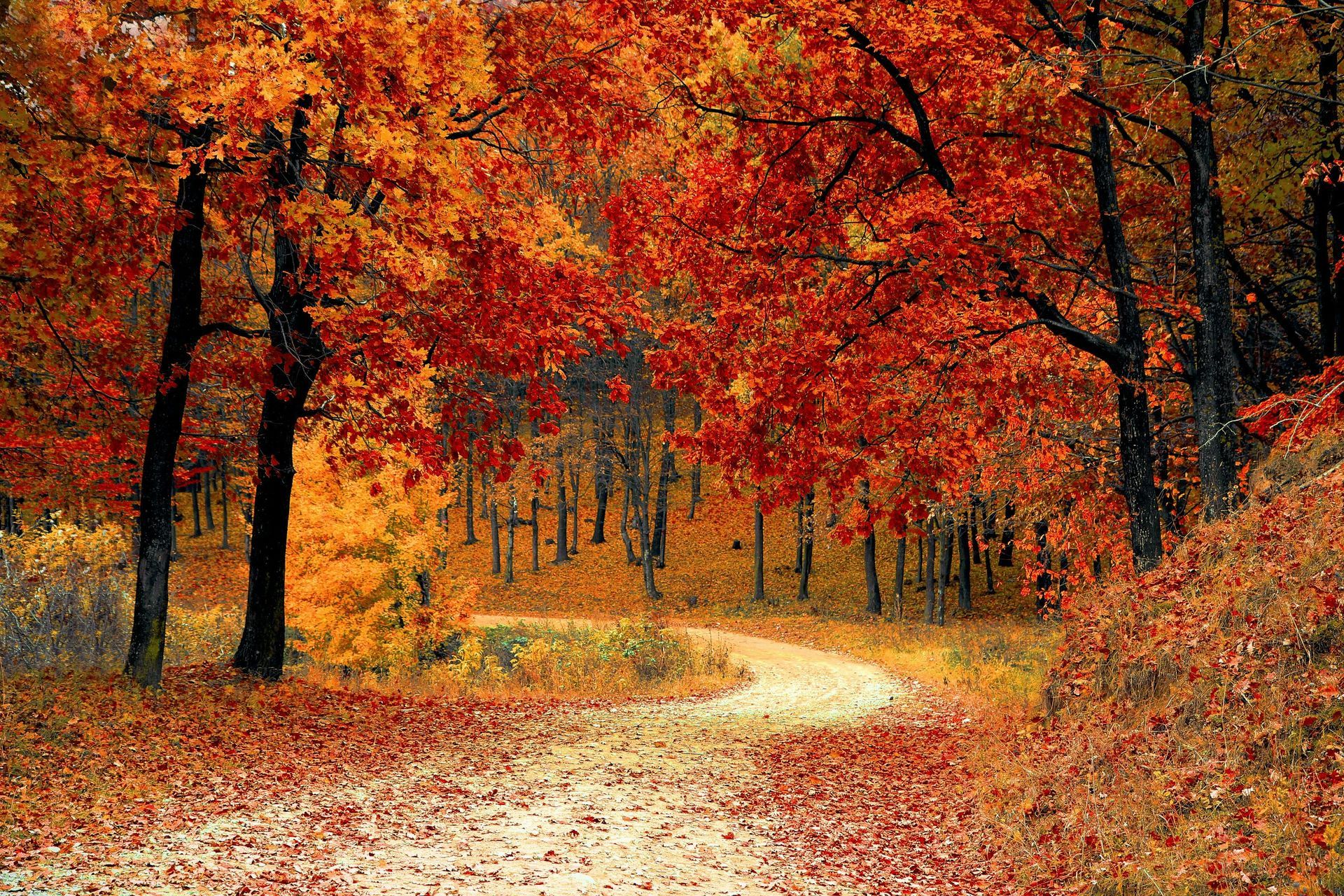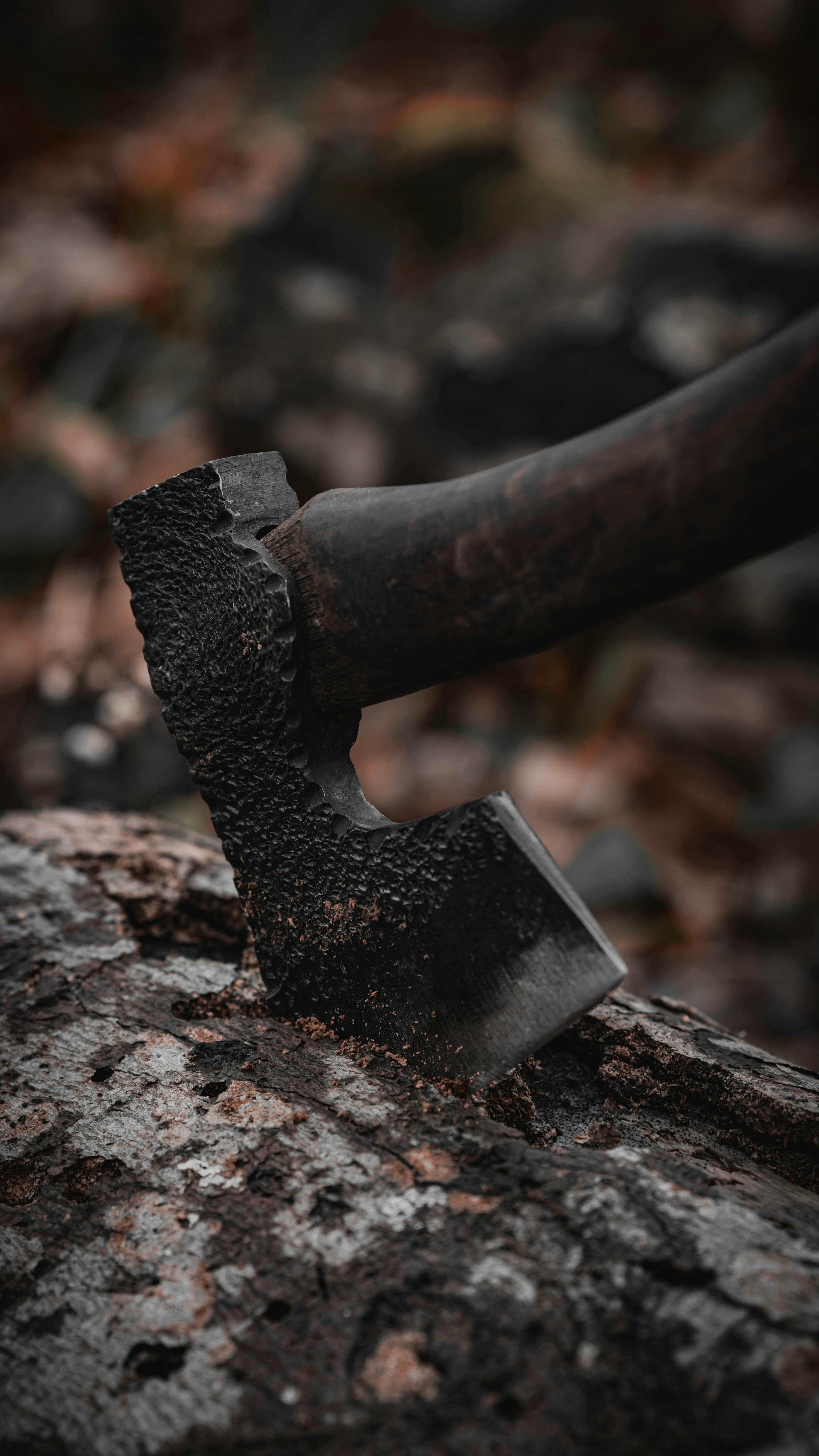Fricke's Tree Service
Is Your Tree Asking for Help? Here’s How to Tell
10 Signs Your Tree Needs Professional Care
Understanding Tree Health
Trees are vital to our environment, providing shade, beauty, and oxygen. They play a crucial role in maintaining ecological balance and supporting wildlife. However, just like any living organism, trees can experience health issues that may compromise their well-being. Recognizing the signs that your tree needs professional care is crucial for its longevity and your safety. In this post, we will explore ten key indicators that your tree may require expert attention to ensure it remains healthy and vibrant.1. Dead or Dying Branches
One of the most obvious signs that a tree needs care is the presence of dead or dying branches. These branches can pose a significant risk of falling, especially during storms or high winds. Look for:- Branches that are brittle and snap easily when pressure is applied.
- Leaves that are brown, shriveled, or missing entirely.
- Fungal growth on the branches, which can indicate decay.
2. Fungal Growth
Fungi can indicate underlying issues with your tree's health. If you see mushrooms or other fungal growth at the base of the tree or on its trunk, it may be a sign of decay or rot. Fungi can weaken the tree's structure, making it more susceptible to falling or breaking. It's essential to have a professional assess the situation to determine the extent of the problem and the necessary steps to address it.3. Cracks in the Bark
Cracks or splits in the bark can expose the tree to pests and diseases, which can further compromise its health. These cracks can be caused by environmental stress, such as extreme temperatures, drought, or improper pruning techniques. If you notice significant cracks, it’s advisable to seek professional help to prevent further damage and to explore potential treatments that can help the tree recover.4. Leaning Tree
A tree that is leaning significantly may be at risk of falling, which can pose a danger to people and property nearby. This leaning can be due to root damage, soil erosion, or structural issues within the tree itself. If your tree is leaning more than 15 degrees from its vertical position, it’s crucial to have it evaluated by an expert who can determine the cause and recommend appropriate measures to stabilize it.5. Excessive Leaf Drop
While some leaf drop is normal, excessive shedding can indicate stress, disease, or pest problems. If your tree is losing leaves outside of its normal seasonal cycle, it may be time to call in a professional. Look for:- Leaves dropping in the summer months when they should be thriving.
- Discoloration of leaves, such as yellowing or browning.
- Wilting or curling leaves that appear unhealthy.
6. Pest Infestation
Insects can wreak havoc on trees, leading to significant damage and health decline. If you notice an unusual number of pests, such as aphids, bark beetles, or caterpillars, it’s essential to act quickly. Pests can weaken the tree and lead to further complications, including disease. A professional can identify the type of pest and recommend appropriate treatment options to protect your tree.7. Root Issues
Roots are the foundation of a tree's health and stability. If you see exposed roots or signs of root rot, it’s a clear indication that your tree needs professional care. Look for:- Roots that are visibly damaged, decayed, or discolored.
- Soil erosion around the base of the tree, which can destabilize it.
- Unusual growth patterns in the tree, such as stunted growth or uneven foliage.
8. Bark Damage
Damage to the bark can expose the tree to diseases and pests, making it more vulnerable to health issues. If you notice large areas of missing bark, deep gouges, or signs of insect activity, it’s essential to have a professional assess the damage. They can determine if the tree can be saved through treatment or if removal is necessary to prevent further risk.9. Unusual Growth Patterns
If your tree is growing in an unusual shape or has an asymmetrical canopy, it may be a sign of stress, disease, or environmental factors affecting its growth. This can be caused by a variety of factors, including poor soil conditions, inadequate sunlight, or pest infestations. A professional can help diagnose the issue and recommend corrective measures to restore the tree's health and appearance.10. Overall Decline in Health
Finally, if you notice a general decline in your tree's health, such as stunted growth, a lack of new leaves, or an overall unhealthy appearance, it’s time to seek professional help. Regular assessments can help catch issues early and ensure your tree remains healthy and vibrant. A certified arborist can provide valuable insights and care to help your tree thrive.Conclusion
Recognizing the signs that your tree needs professional care is essential for maintaining its health and safety. If you notice any of the indicators mentioned above, don’t hesitate to reach out to a certified arborist. They can provide the necessary care and expertise to ensure your tree thrives for years to come, contributing to the beauty and health of your landscape. For expert tree care services, contact us today for an estimate! Our team is ready to assist you with all your tree care needs, ensuring your trees remain healthy and beautiful.RECENT POSTS
Interested in Our Services?
Get in touch today to discuss your next project and we will happy to answer any questions and provide you with a no-obligation FREE Estimate.
Contact Details
Address: 427 Pleasant Oaks Trl, Osteen, FL 32764, United States of America
Phone: (321) 240-5613
Email: jonfric@yahoo.com
Quick Links
Contact Details
Address: 427 Pleasant Oaks Trl, Osteen, FL 32764, United States of America
Phone: (321) 240-5613
Email: jonfric@yahoo.com
